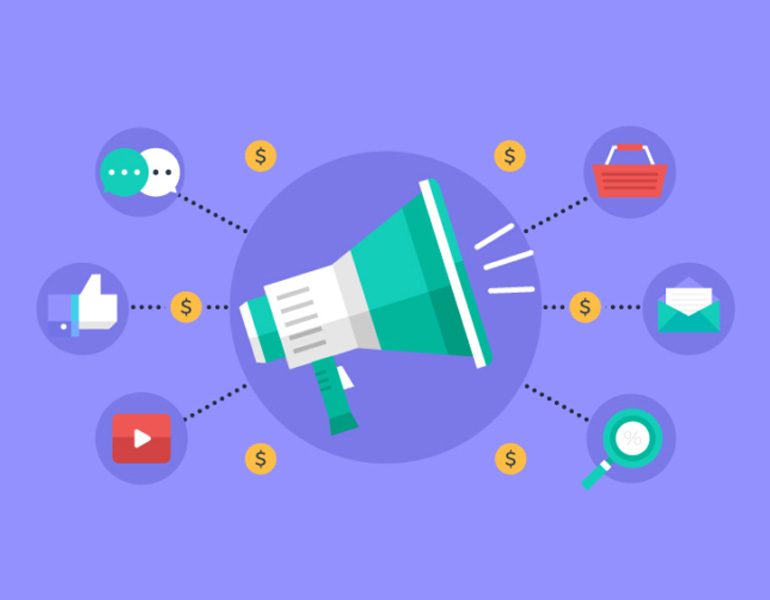The team over at Serpwatch did an awesome job pulling together some topline trends and facts and an amazing infographic. These are great insights that should be considered as you plan and execute your marketing programs. Need help on the planning front? Reach out to me at scottie@scottiejames.com.
Search Engine Optimization (SEO)
This is the single most important factor for any business because searches equal intent. If I’m looking for a product or service online, chances are that I’m ready to make a purchase. In face, 57% of B2B marketers stated keyword rankings generate more leads than any other marketing initiative.
Local Search Engine Optimization (Local SEO)
If you’re a local business, being visible on Google’s map pack is critical – 72% of consumers who did a local search visited a store within 5 miles. Google My Business is now known as your second website.
Mobile Search
Half of the country is checking their phone before they get out of bed and 48% of all consumers start mobile research with a search on their device. Mobile search ad spending continues to rise – estimated at over $20 billion.
Social Media Marketing
Awareness and amplification work amazingly well organically and even in paid ads on Facebook, Twitter, Instagram, Pinterest and LinkedIn. Not only that, brands have an opportunity to build their own communities and truly engage at a personal level with their tribes.
Video Marketing
I don’t have a single client that I’m not implementing some kind of video strategy for. I’m building a video studio for one client for real-time social video, I have a background animated loop video for another client’s site being worked on, I just published an animated explainer video for another client, and we’re producing a product story video for yet another client. Video is affordable and bandwidth is no longer an issue when reaching your audience. 43% of people want to see more video content from marketers!
Email Marketing
Cold emails continue to drive awareness and opportunities for sales teams. Segmentation and personalization continue to get greater open and click-through rates. 80% of email users access email accounts on their mobile device, so mobile responsive design is a must.
Paid Advertising
As the number of channels and methods increase, and machine learning and artificial intelligence improve placement and reduce costs, paid advertising is becoming far more effective than in the past. Paid search, paid social, sponsored content, video ads, and a ton of other options are out there for companies to take advantage of.
Lead Generation
Building demand with conversion-optimized landing pages and driving leads there through carefully orchestrated, automated, and targeted customer journeys is becoming one of the most effective digital marketing strategies of the decade.
Content Marketing
Consumers and businesses alike are continuing to self-direct and research their next purchase online. With so much noise out there, companies are being forced to invest more time and energy into building content that actually drives results, but when they do, it’s an effective and affordable means of attracting customers.



